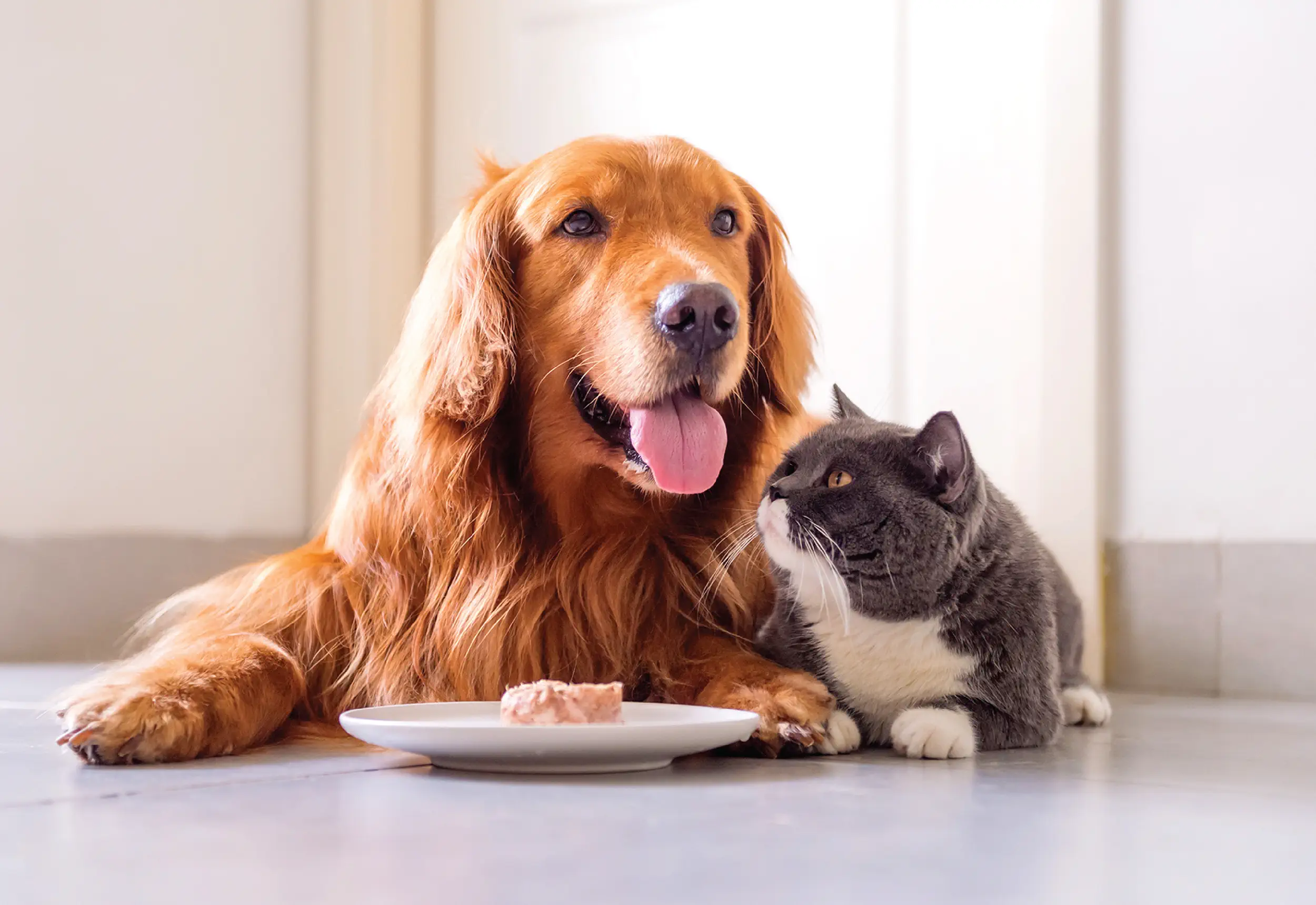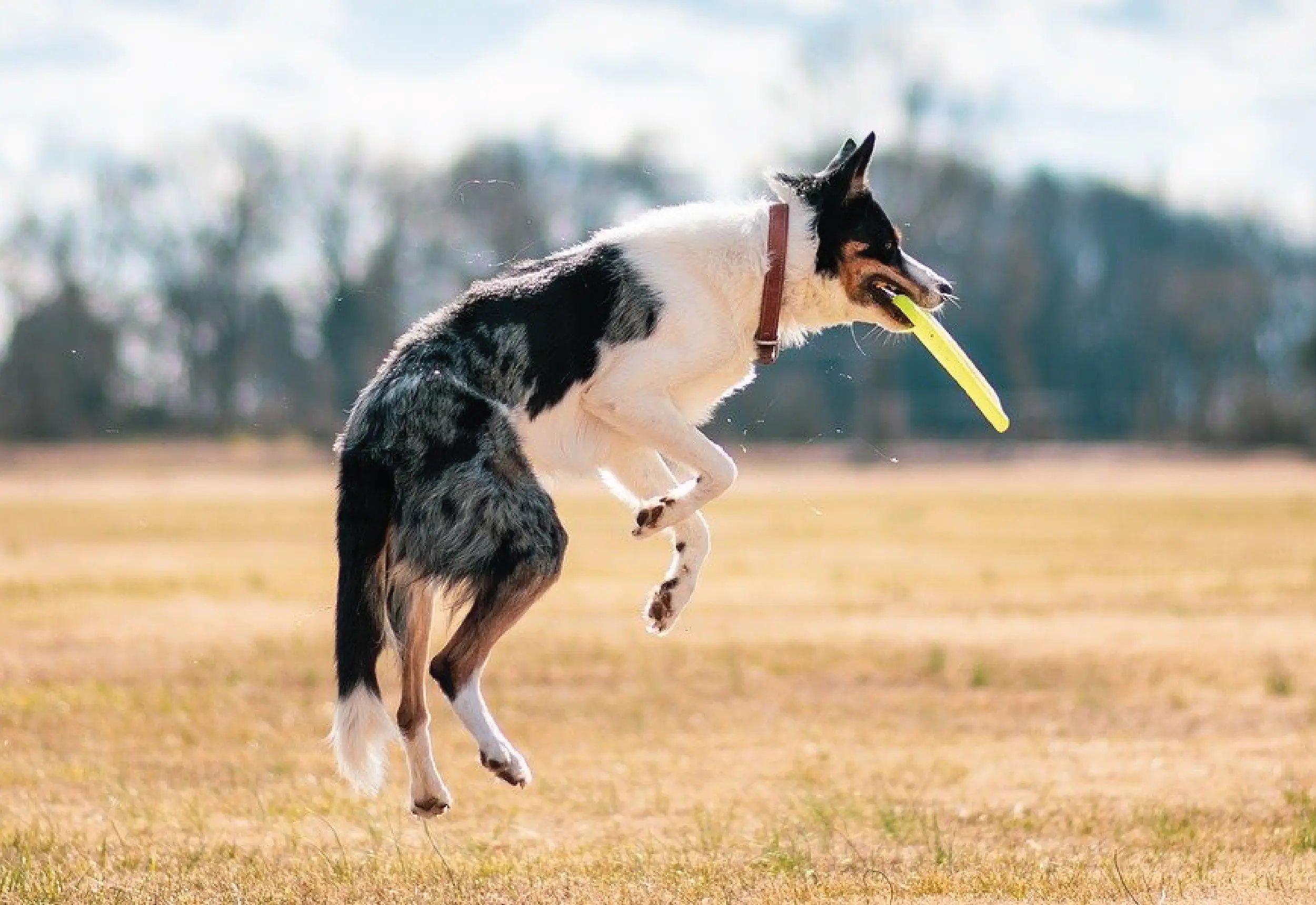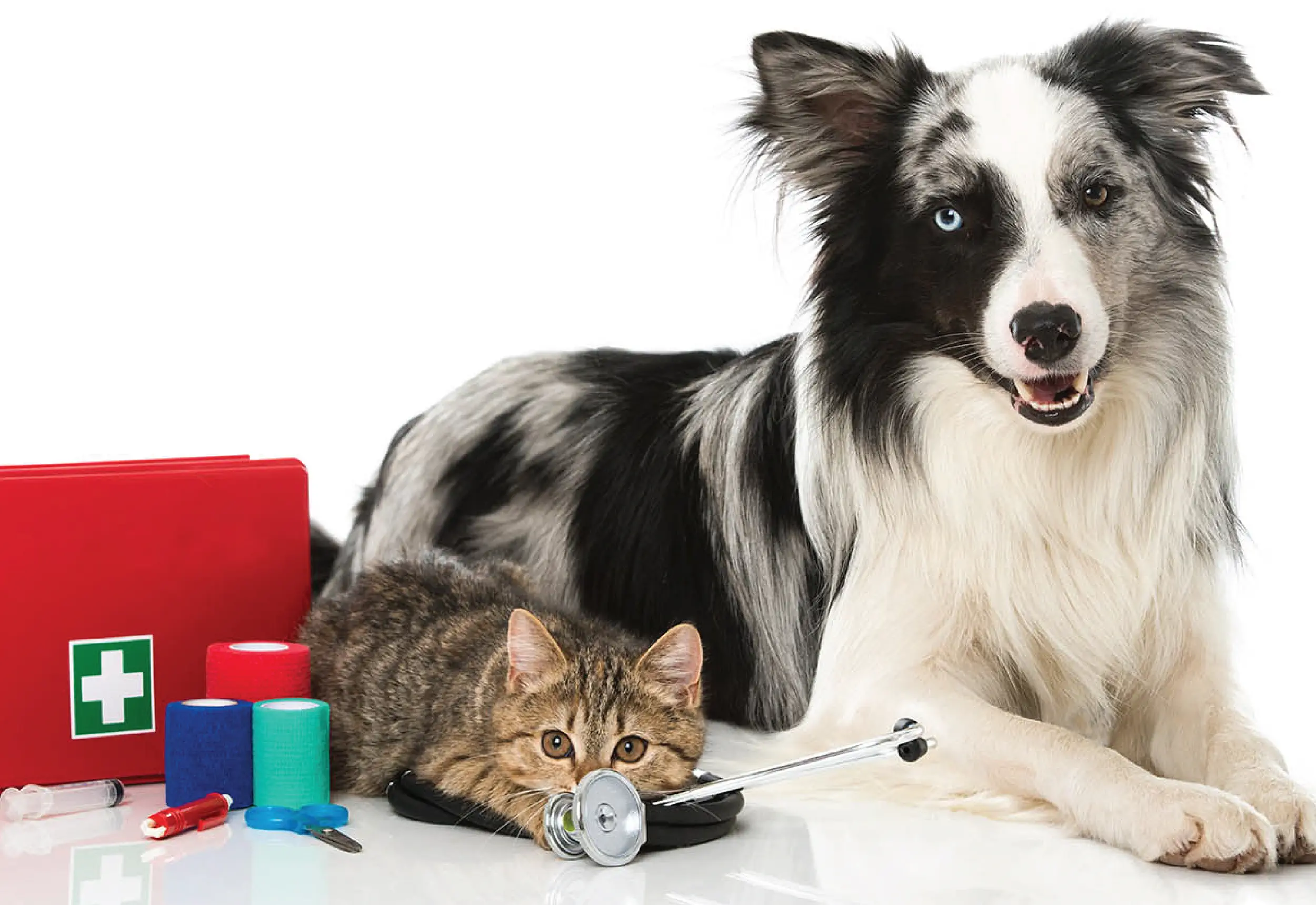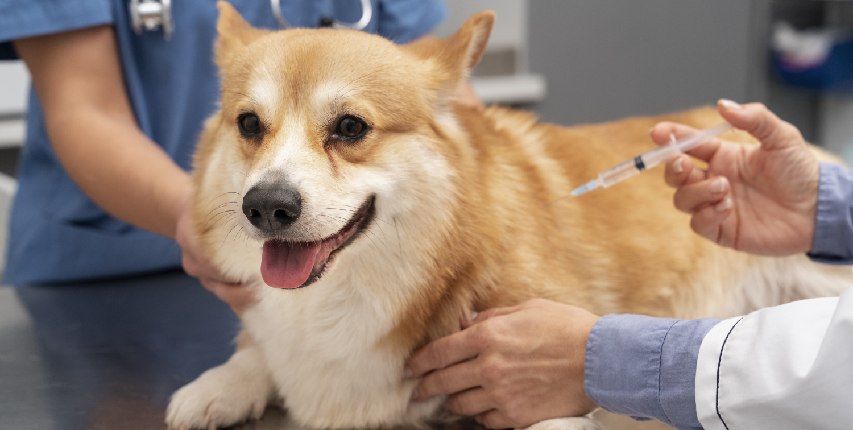Behavioural Issues in Pets: Causes, Types, and Concerns
Pets, our beloved companions, bring immense joy and love into our lives. However, sometimes they may exhibit behavioural issues that can be perplexing and frustrating for owners. Understanding the causes, types, and potential concerns associated with these behaviours is crucial for effective management and a harmonious relationship with our furry friends. What Causes Behavioural Issues in Pets? Behavioural issues in pets can stem from various factors, including: Genetics: Some breeds are more prone to certain behavioural traits, such as aggression or anxiety. Early life experiences: Puppies and kittens that experience trauma, neglect, or inconsistent training during their early developmental stages may develop behavioural problems later in life. Medical conditions: Underlying medical conditions, such as pain, hormonal imbalances, or brain disorders, can manifest as behavioural changes. Environmental factors: Lack of exercise, boredom, insufficient socialization, or changes in the pet’s routine can contribute to behavioural issues. Attention-seeking behaviour: Pets may engage in certain behaviours, such as barking or chewing, to get attention from their owners. Types of Behavioural Issues There is a wide range of behavioural issues that pets can exhibit. Some common types include: Aggression: Pets may display aggressive behaviour towards people, other animals, or objects. Anxiety: Pets may show signs of anxiety, such as restlessness, excessive panting, pacing, or hiding. Destructive behaviour: Pets may engage in behaviours that damage objects, such as chewing furniture or tearing up curtains. Elimination problems: Pets may have difficulty controlling their bladder or bowels, leading to inappropriate elimination. Excessive vocalization: Pets may bark, meow, or howl excessively, often due to boredom or anxiety. Separation anxiety: Pets may become distressed when separated from their owners. Most Common Behavioural Issues The most common behavioural issues in pets include: Aggression: This can be a serious concern, especially if directed towards people. Anxiety: Anxiety disorders are common in pets and can significantly impact their quality of life. Destructive behaviour: While this can be frustrating for owners, it is often a sign of boredom or anxiety. Elimination problems: These issues can be a nuisance and may indicate underlying medical conditions. Excessive vocalization: This can become a problem, especially in apartment settings or for neighbours. Should Behavioural Issues Be a Source of Worry? The severity of a behavioural issue will vary from pet to pet. Some issues may be temporary and can be resolved with simple management techniques. However, persistent or severe behavioural problems should be addressed by a veterinarian or certified animal behaviourist. Untreated behavioural issues can worsen over time and may pose a risk to the pet, its owner, or others. Conclusion Behavioural issues in pets are a common concern for owners. Understanding the potential causes and types of behavioural issues can help owners identify and address these problems early on. While some issues can be managed with simple techniques, persistent or severe behavioural problems require professional intervention. By seeking professional help when needed, owners can work towards restoring their pets’ well-being and maintaining a harmonious relationship with their furry companions.











